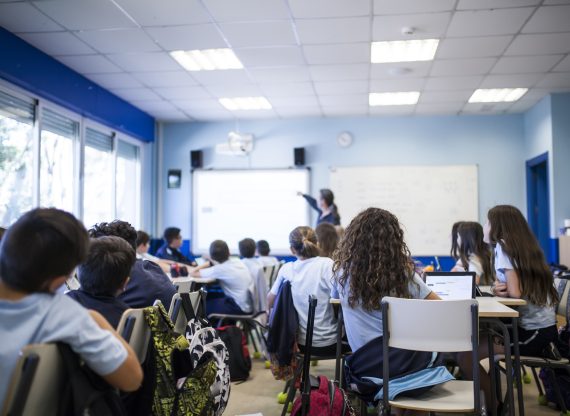Monopoly school systems make even less sense now

It has been nearly a year since governments, on account of the coronavirus, shut down schools, and everything else. One thing that has become clearer over this period is the folly of a one-size-fits-all government monopoly school system.
Even before the pandemic, it didn’t make sense—families have their own preferences and circumstances, and students have different interests and learning styles. A uniform monopoly system cannot effectively serve a diverse population.
In the past year, however, the diversity of educational preferences has increased due to families facing different trade-offs between the benefits of in-school learning and those of physical distancing. Some students cope better with online learning than others; some live with elderly relatives who are highly vulnerable to the coronavirus, and some do not; the lack of social interaction might be very harmful to some children, and relatively benign for others; and so on.
Recognizing that an increased diversity of preferences makes the monopoly system an even worse arrangement, there has been a great push in the United States for more school choice. Last year, Republicans in Florida, Ohio, and North Carolina expanded school voucher programs to improve access to private schools in their states, while several other state governments also enacted policies to improve school choice, if only temporarily.
More recently, Republicans in Iowa, Arizona, New Hampshire, and Missouri have all put forward legislation to improve families’ access to private schools and charter schools. In all, The Wall Street Journal reported, “Republicans in more than a dozen states have responded to parental frustration with school closures by introducing legislation to expand education choice.”
Meanwhile in Canada, the Alberta government introduced a bill last year to provide families with more homeschooling options and make it easier to establish charter schools. But in Ontario, the provincial government still does not provide any support to families whose children are home schooled or enrolled in a private school, which means the taxes families pay for education do not actually go toward educating their children unless they decide to send them to government-run schools—which is clearly unfair.
The growing demand from families for access to alternatives to government-run schools gives the Ontario government, and other provincial governments for that matter, ever more reason to provide or increase funding support to families who want to homeschool or send their children to private schools. Similarly, there is more reason to allow the establishment of charter schools, which are publicly funded but independently run.
The real prize of an educational policy that allows for more school choice is improved education, as more families would be able to send their children to the schools that best suit their needs. Competition would also force under-performing schools to improve in quality or else risk losing their students, and therefore their funding, to other schools.
And there’s another benefit to increased school choice, and not an unimportant one: the reduction of costs. The inability of many families to access alternatives to government-run schools effectively grants unions a near-monopoly on teaching and other positions, with the result that taxpayers pay inflated costs that have increased over time even as the quality of education has not improved.
More school choice is a win-win for taxpayers and students. Provincial governments in Ontario and across Canada should follow the example of states in the U.S. that have in the past year delivered the wider access to school choice that families want for their children.
Matthew Lau est chercheur associé à l’IEDM. Il signe ce texte à titre personnel.

